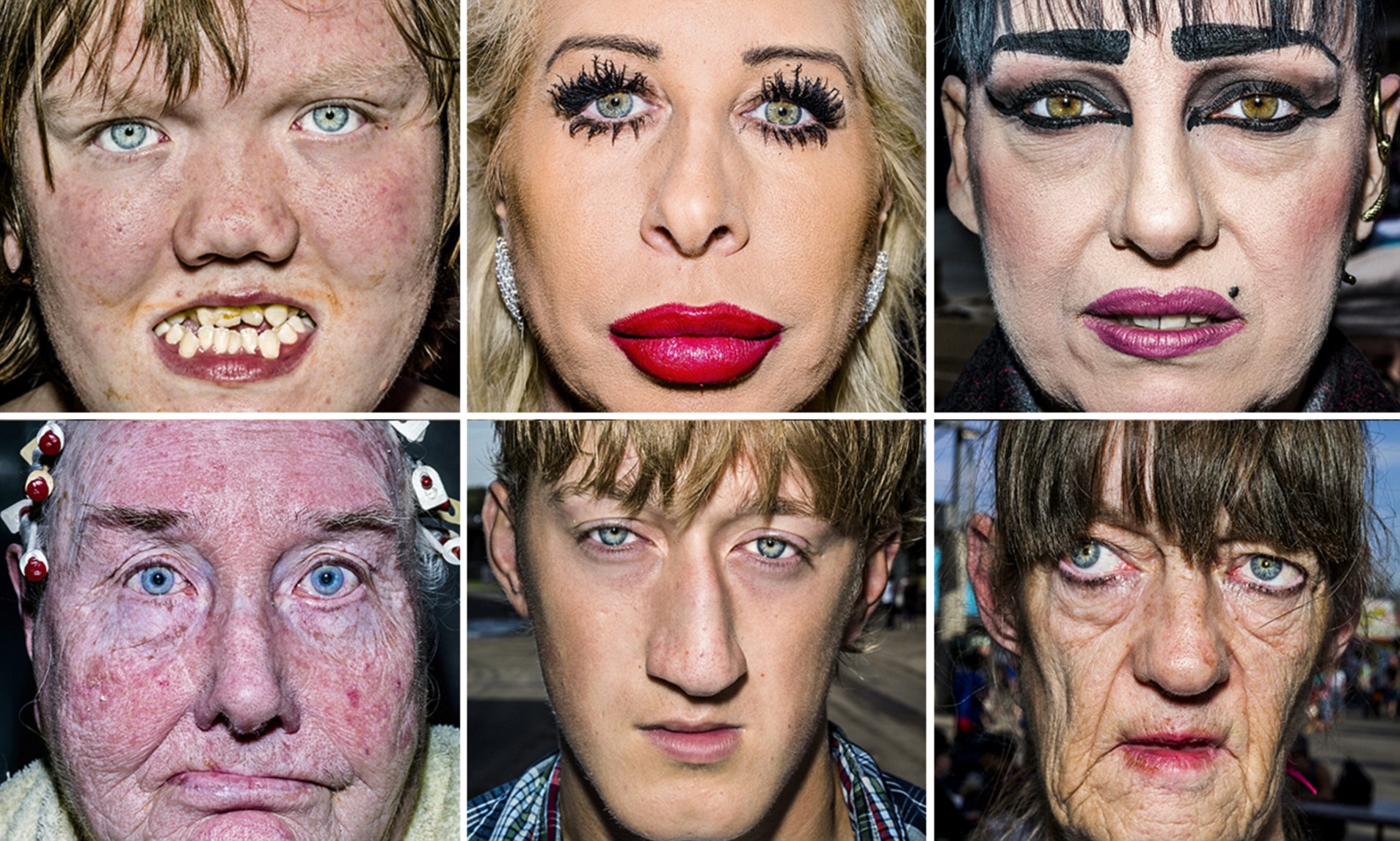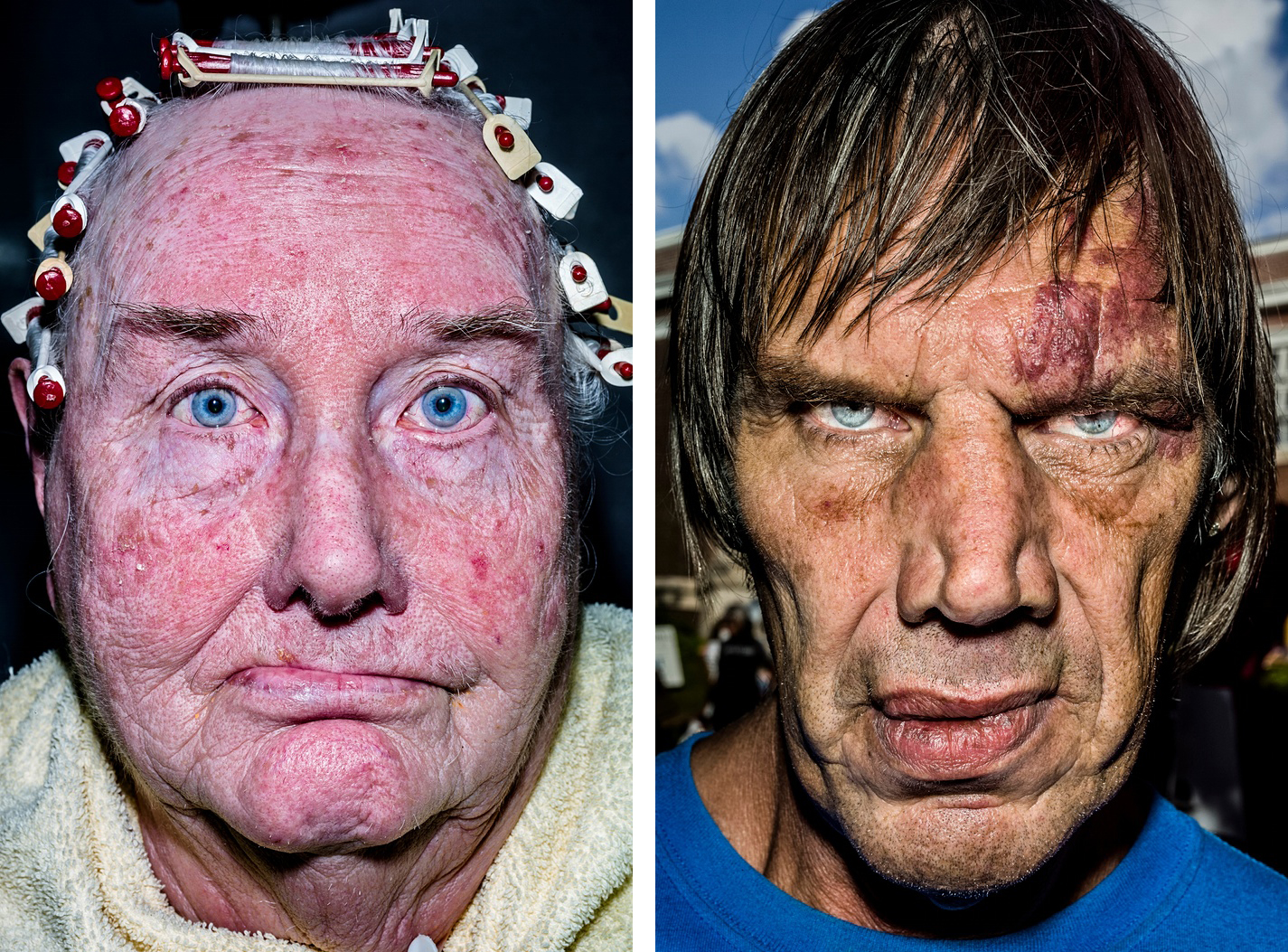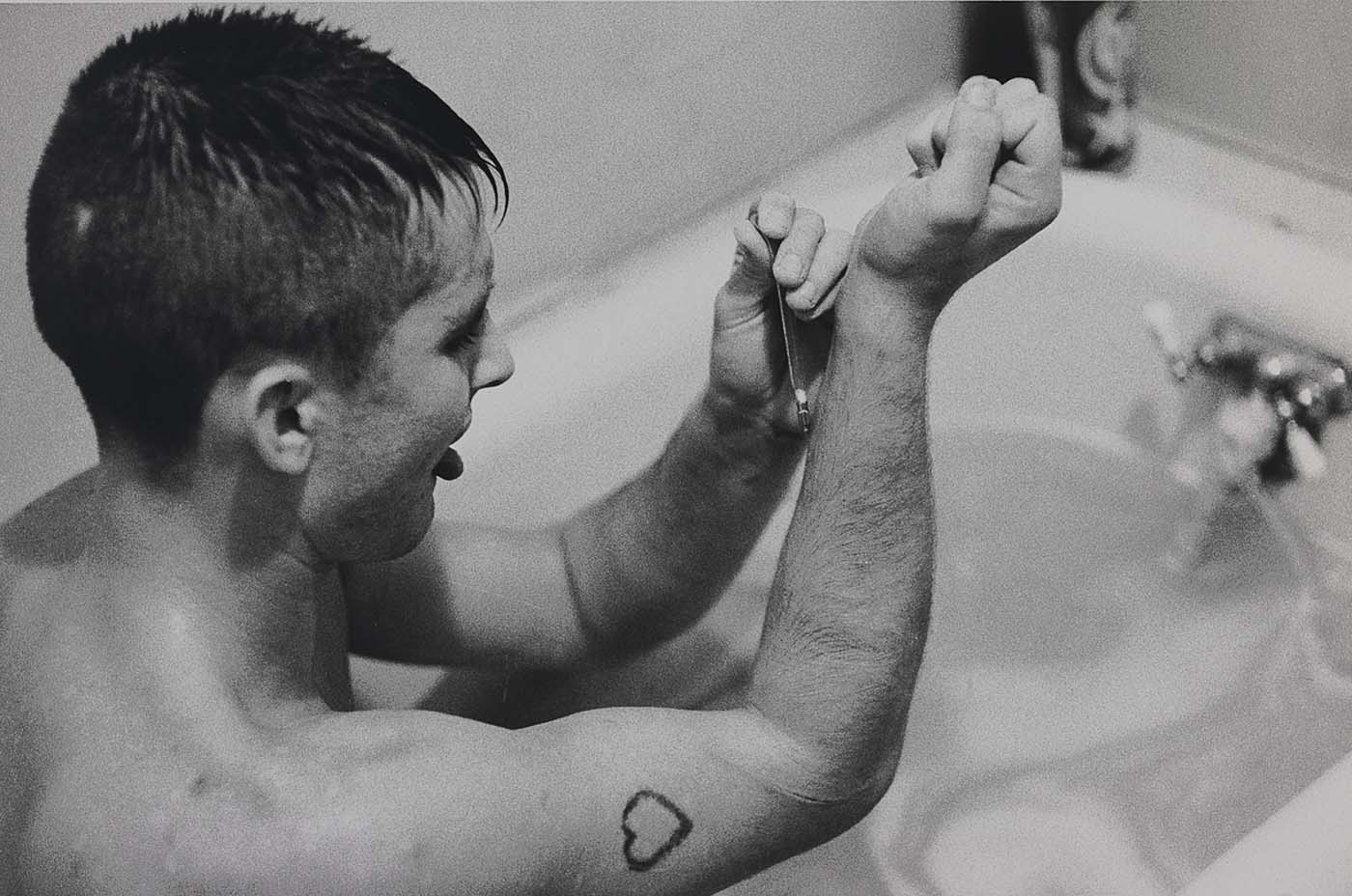When it comes to consent there are two polarized sides; one is black and one is white. Either consent is given, or it isn’t, but is it really that simple? Bring photography into the picture, and a middle ground is found in gray between the black and white.
In the white area, artists like Hasan Alahi, use photography as a means of protection and display their cameras in plain sight. Alahi is a Bangladeshi-born American interdisciplinary media artist who focuses his work in the area of surveillance photography. In the wake of the tragedy of 9/11 Alahi was listed mistakenly on the United States’ terrorist watch list by the government. It is not hard to imagine that once your name is printed on that list, it’s nearly impossible to get off of it. For his own safety he kept a rolling camera on him 24/ 7. He also adopted an open-book policy where he posted all of his debit card transactions and location at all times. This protected the integrity of his innocence at a time of political and social turmoil in the US.
In black, the clear misuse of camera footage is evident. For example, an Airbnb host filming guests with hidden cameras is a clear example of lack of consent, as the guests lack the knowledge of being recorded. The list goes on with clear examples where participants are not informed of their participation in a project for personal or larger reasons.
If the gray area had a poster child it’d be Bruce Gilden. Gilden is a 76 year old American artist most famous for his flash-gun street photography. His work showcases extreme close ups of everyday people, most commonly in New York City. He has even won awards such as the European Publishers Award for Photography. His work is widely public, as even his instagram account has amassed over 250,000 followers. His subjects are most commonly people he sees on the street. Some critics call him out for being “relentlessly cruel” comparing his work to a modern day freak show. His photographs are up close and personal, almost to the point that the viewer feels uncomfortable. The works show all imperfections scars, acne, warts, cuts, bruises, caked makeup, rotting teeth, etc; just to name a few. It is not uncommon for celebrities with large followings to limit or censor their comments on social media. It is, however, strange for controversial artists to do so, shutting off their work from criticism, thus stopping conversation.
Gilden’s work tends to show everything from ordinary people to the eccentric. However, the conversation of consent is brought into how he conducts his shoots. Gilden works in a confrontational manner often catching his subjects off guard. In one of his more recent pieces, a dazed prostitute is pictured in Tijuana, Mexico. She is seen applying lipstick with half closed eyes, illuminated by a jarring flash. She is undressed, wearing only a bra, and a large bruise is present on her forearm. Pictures like this bring up the debate of informed consent. Is it ethical for someone under the influence, or in dire situations to give consent to a photographer bombarding them for the perfect “off guard” shot? Many of the commenters on Gilden’s instagram, seem to think the answer is no. The photography ethics center writes, “informed consent is permission that a person grants to be photographed, with full knowledge of where, when, how, and for what purpose the photographs will be used, and with the understanding that they can say ‘no’ without consequence.” Gilden’s work sits on the line between white and black, but can consent be in the gray area?
Art is supposed to be controversial, and at times this can border with exploitation if artists are not careful. Bruce Gilden, among others, gains financial benefits from doing what most others wouldn’t dare for fear of cancel culture. Gilden doesn’t seem to see the larger problem. In an interview he stated, “you have to be sneaky to get the picture…” The line between sneaky and immoral is thin, and as people better understand exploitation in art, the tolerance for being “sneaky” is fading.










